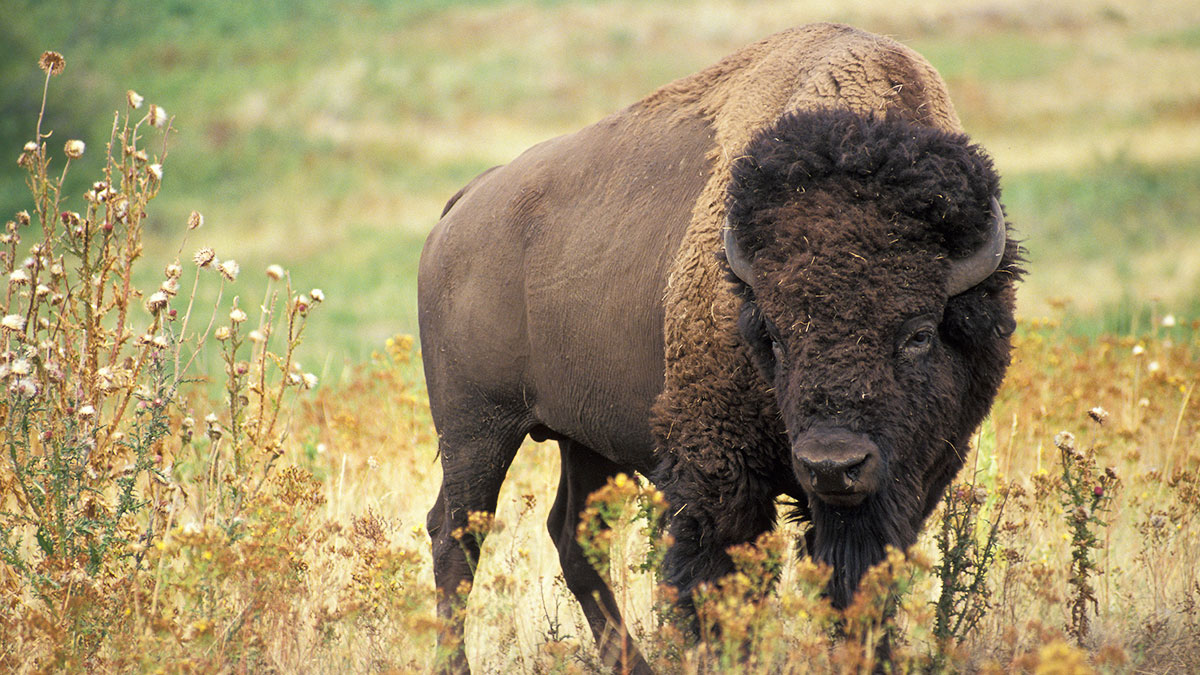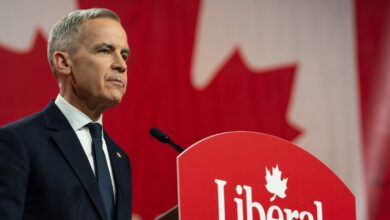 Supplied
SuppliedLast May, the federal government pledged $6.4 million to the National Conservation Plan (NCP). The five-year plan consists of two things: “restoring ecological integrity” and “connecting Canadians with nature.” On March 6, the government announced the plan would focus on reintroducing bison to Banff National Park. But of all the conservation projects to give $6.4 million, this was a poor choice.
To start, the park has already tried bison. They were contained in a 500 square kilometre range with high fencing, only to be phased out in 1997. Turns out, if you seal a large area off, you interfere with every other species trying to move through the range. Banff’s bison caused the opposite of “ecological integrity.” Even so, the fence removal was a step in the right direction.
Now, the absence of bison is considered a problem. When it comes to conservation, indecision is costly for the animals and the taxpayers. This particular project is supposed to last five years. Last time around, Banff had between 1885 and 1997 to figure out how to “restore ecological integrity.” I’d say five years is a little conservative if they failed after a century. But hey, this is going to connect Canadians with nature, so maybe it’s all worth it in the end. I can’t wait to see amateur Facebook photographers demonstrate their daredevil techniques by taking macro shots of wild 2,000 lb. bison.
I like their phrase, “connecting Canadians with nature.” How nice of them to make something spontaneous and natural, like love for the outdoors, become a structured government initiative. But if you’re going to romanticize the notion of a truly “wild” outdoors, at least do it to benefit species in need. We already have a decent bison population in agriculture and other national parks – Alberta’s Wood Buffalo National Park and Elk Island National Park have about 6,000 bison combined. I can see why that’s not good enough though, since they aren’t so popular with tourists. No one comes to Canada to journey up to Wood Buffalo.
It can’t be a coincidence that of all the places to receive this funding, it was Canada’s most visited national park. Way to show off your excellent conservation skills, guys.
Something that could really use $6.4 million right now would be the woodland caribou: in the past 10 years, they’ve dropped in number by 60 per cent. Seeing how the NCP is a national project, the endangered caribou could easily qualify. Most of them don’t live in national parks though, so maybe that’s why they’re not a national concern.
They’re certainly not a provincial concern. The Alberta Wilderness Association found that since 2004, 33,000 square kilometres of caribou range has been leased to energy companies; not exactly ideal for a species whose main threat is habitat destruction. I would say use the $6.4 million to buy that land instead of leasing it, but it’s already government-owned. Conservation in Alberta is a farce — even if the habitat essential for survival is government-owned, it’s got a good chance of being destroyed for profit.
I like bison, but I’m really sad to see the vanishing caribou losing out to a once-failed reintroduction project in a popular tourist destination. We should be funding the recovery of what caribou we have left in the province, not playing Zoo Tycoon in Banff.




